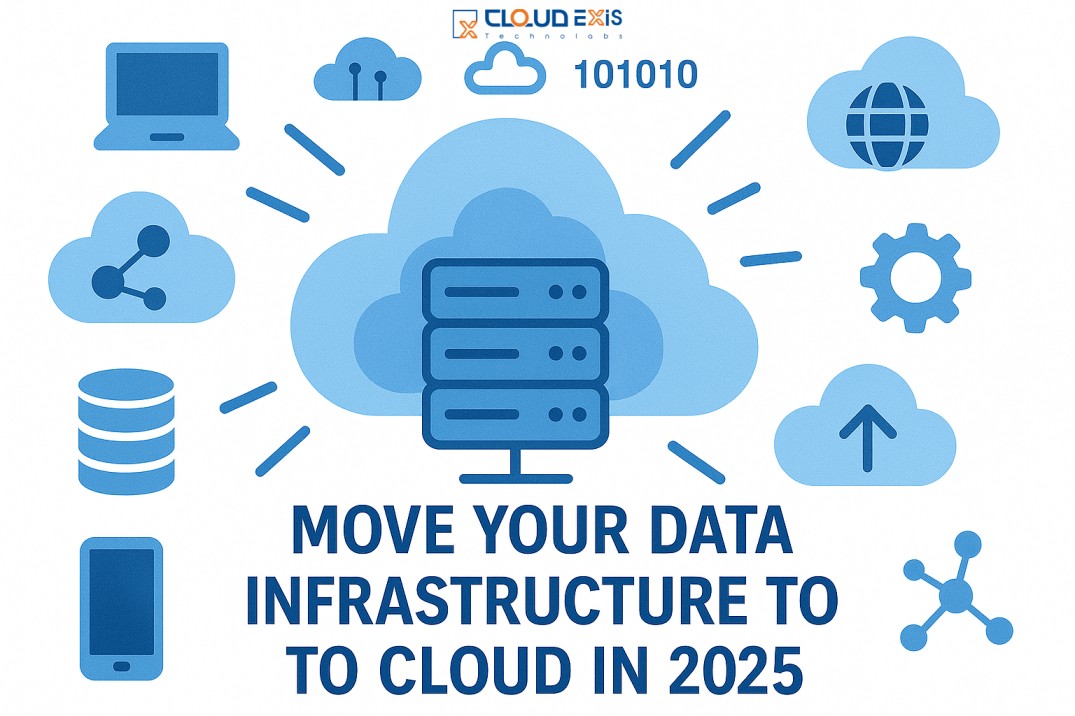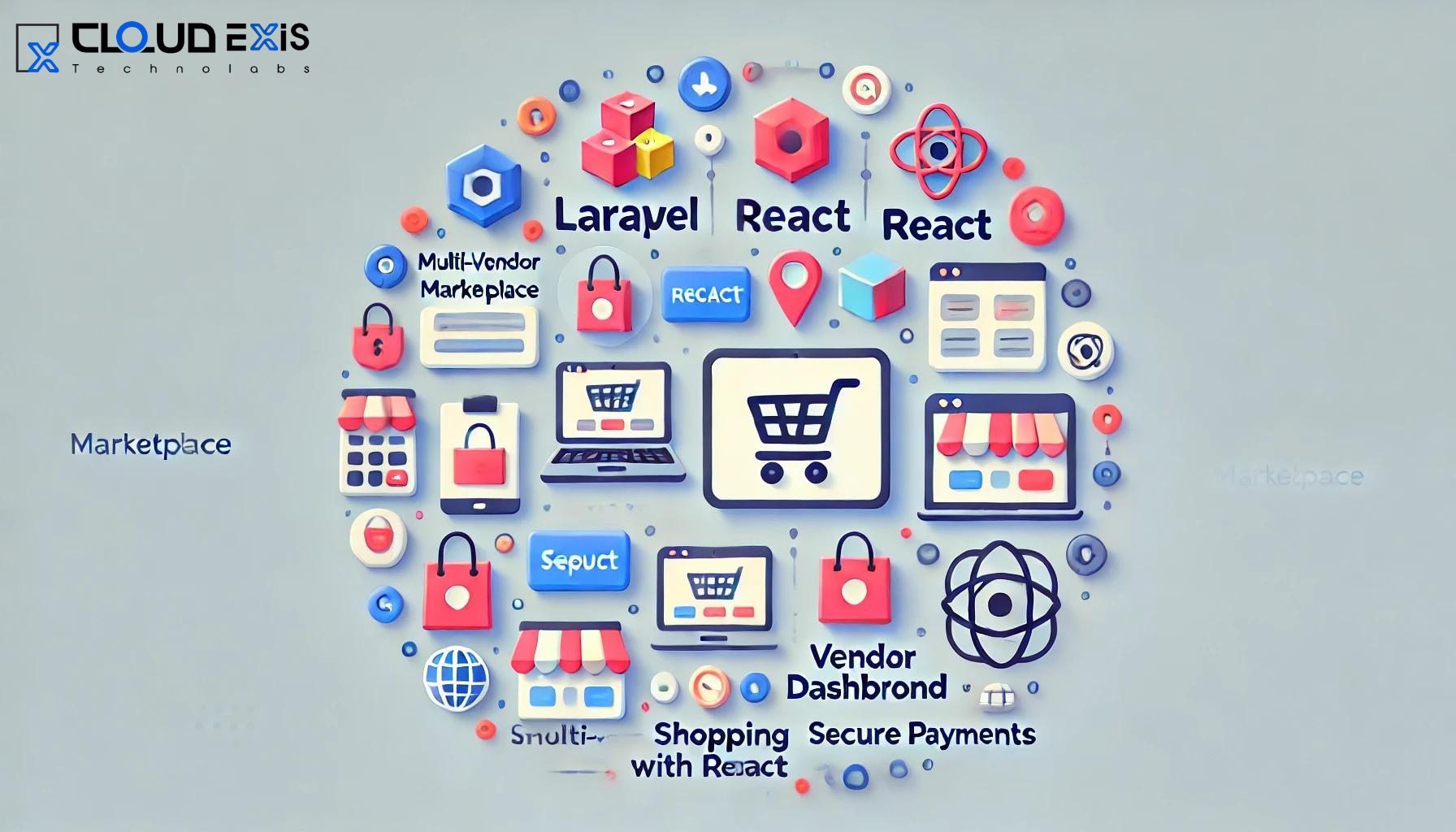In 2025, cloud computing for data is no longer just an option—it’s a strategic necessity. Businesses across the globe are recognizing the power, flexibility, and cost-efficiency that cloud infrastructure offers over traditional on-premise systems.
Whether you’re a startup scaling fast, an enterprise handling massive datasets, or an SMB streamlining operations, moving your data infrastructure to the cloud can unlock unprecedented agility and insight.
In this blog, we’ll explore the top 5 reasons why 2025 is the perfect year to migrate your data hosting to the cloud, and what it means for your business success.
1. Unmatched Scalability to Match Modern Business Needs
As your business grows, so does your data. Traditional infrastructure often struggles with sudden surges in demand, leaving IT scrambling for hardware upgrades and downtime solutions. Cloud infrastructure flips this script.
Why It Matters:
Elastic scalability allows you to adjust storage and compute resources in real-time.
No upfront hardware investments—pay only for what you use.
Seamlessly handle data from IoT devices, AI apps, mobile platforms, and global user traffic.
With cloud computing for data, you’re no longer limited by physical hardware. Whether it’s petabytes of user analytics or spikes in app usage, cloud systems like AWS, Microsoft Azure, or Google Cloud let you scale up or down within minutes.
2. Enhanced Data Security and Compliance
Cybersecurity threats are evolving rapidly in 2025. Fortunately, cloud service providers invest billions in data security, providing more robust protection than most in-house systems.
Key Benefits:
End-to-end encryption for data in transit and at rest
Multi-layered firewalls, intrusion detection, and real-time monitoring
Regular compliance with international standards: ISO 27001, HIPAA, GDPR, SOC 2, etc.
Rather than managing complex security protocols on your own, data hosting in cloud platforms allows you to leverage top-tier tools and updates automatically—minimizing risk while staying compliant.
💡 Did You Know? Leading cloud providers often have dedicated compliance teams ensuring updates align with evolving regulations worldwide.
3. Cost Efficiency Without Compromising Performance
Traditional IT infrastructure comes with hefty costs: servers, storage devices, maintenance, cooling, security, and IT staff.
In contrast, cloud computing for data is based on an operational expenditure (OpEx) model rather than capital expenditure (CapEx).
What You Save:
No hardware procurement or setup fees
Reduced energy bills and IT overhead
Lower disaster recovery costs
You can allocate your budget more effectively—investing in growth, innovation, or customer experience rather than server rooms and outdated IT assets.
📉 Cloud infrastructure allows you to eliminate sunk costs and reinvest in real-time data analytics, AI, automation, and innovation.
4. Accelerated Innovation Through AI and Advanced Analytics
In 2025, data is only as powerful as your ability to interpret it—and the cloud gives you direct access to cutting-edge analytics and AI capabilities.
From Amazon Redshift to Google BigQuery to Microsoft Synapse, cloud platforms are deeply integrated with AI tools, real-time analytics engines, and data lakes.
What You Gain:
Real-time insights for smarter business decisions
Easy integration with ML/AI pipelines
Scalable architecture to support AI training and inference
With cloud-based data solutions, you’re not just storing data—you’re creating a smart ecosystem that learns, adapts, and evolves.
🚀 Pro Tip: Businesses using cloud-native AI for decision-making are expected to outperform competitors by 2x in productivity and growth in 2025.
5. Seamless Collaboration and Global Accessibility
Remote work is here to stay. And in a globally connected market, your data infrastructure must be accessible anytime, anywhere.
Cloud systems break down physical and geographical barriers, offering secure access to datasets, dashboards, and tools from any device.
Features to Look For:
Role-based access control for teams
Cloud-hosted collaboration on data models
Live dashboards and remote data pipelines
This makes cloud computing for data an essential component of modern work culture—boosting productivity, ensuring data transparency, and enabling faster time-to-market.
🌍 Enable your global team to access and work on the same data seamlessly, regardless of timezone or location.
2025 Cloud Infrastructure Trends to Watch
Still on the fence? These 2025 trends make a strong case for making the move:
Zero-trust security models are becoming the norm, and cloud providers are ahead of the curve.
Sustainability: Cloud data centers are going greener with carbon-neutral operations.
Edge computing integrations: Process data closer to the source while syncing with your central cloud.
Cloud-native apps are now standard for high-performing digital products.
Final Thoughts: Is It Time to Make the Move?
The short answer: Yes.
With the growing complexity of data, the need for fast innovation, and the demand for secure and remote-ready environments, cloud infrastructure is the foundation of digital success in 2025.
Whether you’re a fast-growing business or an enterprise undergoing digital transformation, investing in data hosting in cloud platforms will give you the agility, performance, and resilience needed to stay ahead of the curve.
Ready to Migrate? Let’s Talk Cloud Strategy
At Cloudexis Technolabs, we specialize in building, migrating, and optimizing cloud-based data solutions. From setting up secure environments to building data pipelines and integrating AI, we help businesses seamlessly move their infrastructure to the cloud—without downtime, without risk.
👉 Contact us today for a free consultation or to learn how we’ve helped businesses across the US, UK, Europe, and beyond future-proof their operations with scalable cloud systems.






